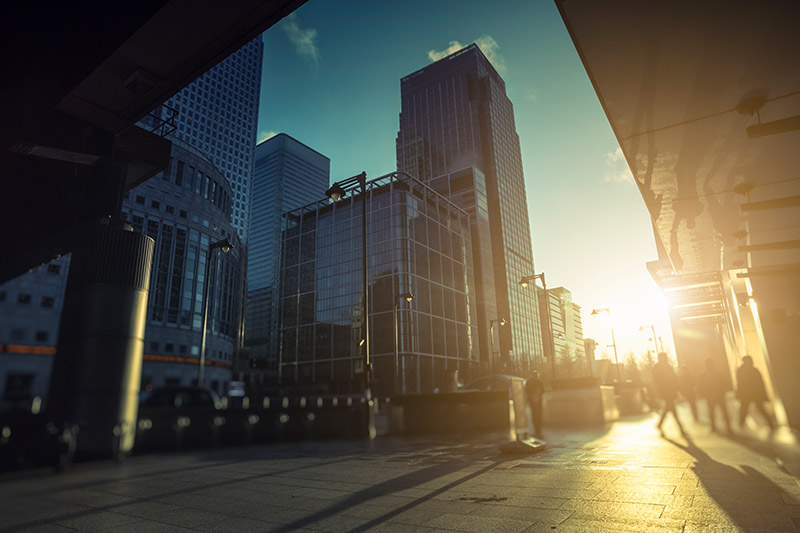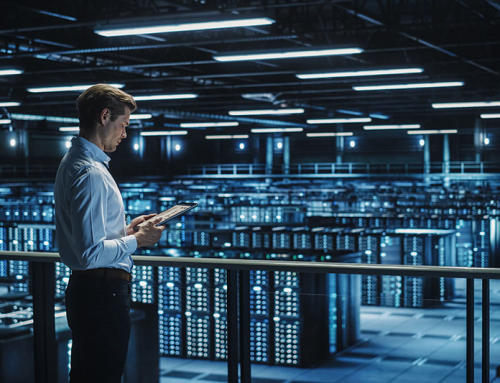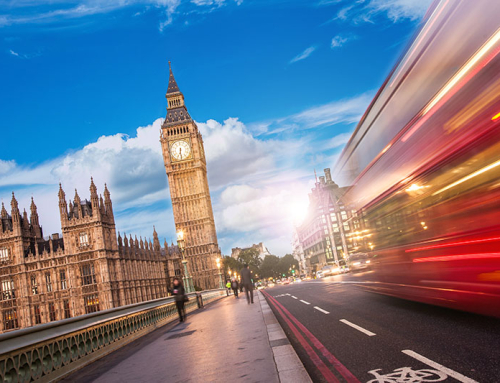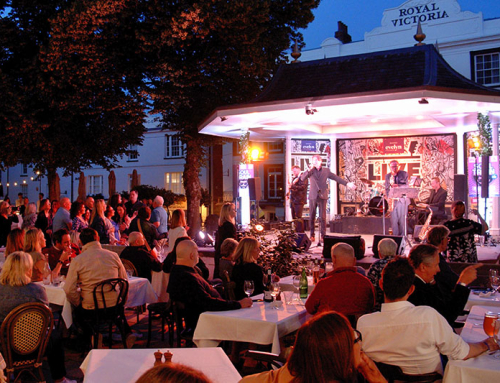Over the past year, every business has had its operational framework thrown into question. Three national lockdowns have forced companies to react quickly and experiment with a new flexible working style.
With most office staff operating remotely, employers have found that productivity and performance has actually increased – likely due to the level of flexibility and work-life balance experienced by homeworkers. Remote work has proven to be far more viable than initially realised, even in the eyes of last year’s greatest sceptics.
Now the genie is out of the bottle, enticing staff back into stuffy old offices is going to be challenging. In response to this; big employers are reconfiguring their work space – establishing a modern, people-friendly environment that prioritises flexibility.
The big question for investors in the commercial sector is; how can you ensure that your office is one that tenants and their employees want to go to?

Hybrid working
A global survey of staff in JLL revealed that while pre-lockdown they wanted to do one day a week from home, they would now prefer to stay at home for at least two. It’s clear that versatility will be a goal for employers post-pandemic; companies are therefore seeking the right balance between flexible home working and an office space that encompasses their business’s culture.
A ‘hybrid’ model of working could be the answer for many organisations. This would amalgamate the structure and sociability of an office environment, with the flexibility and independence of remote working.
Collaboration
The new work environment will cater to the needs of its users, rather than the employer. It’s easy to see the typical office shifting into a property specifically structured to encourage collaboration, akin to a co-working space.
Private rooms for confidential equipment and documents would still be needed, but it’s highly likely that we will see workplaces evolve into semi-public and multipurpose spaces. The most appealing office locations would attract not only staff, but also customers, partners and the general public.
Healthy workspace
The COVID-19 pandemic has also heightened considerations for office health and safety. Occupiers may increasingly look at green building certification systems, which have long demonstrated leadership in recognising the impact of building office design on the health, well-being and productivity of employees. In fact, green building certification standards have adopted health and well-being as a central component in their certification processes.

Location
It’s likely that expensive central locations will benefit the most from a widespread shift to working fewer days in the office. If offices become a hub to meet coworkers, get inspiration and exchange ideas – real estate in busy locations make the most sense.
If people are working remotely more often, businesses may not require as much space. It’s possible that they may not choose to cut their rent bill, but instead spend the same amount on a smaller, more characterful building in an amenity-rich central location. A destination like this would be far more attractive to employees than a featureless office park.
Targetfollow
To reassert its value and status of the office model, investors will have to work hard and reconfigure utilising the latest technology. At Targetfollow, we recognise that the pandemic has accelerated change within all industries – and with this change, comes a new plethora of opportunities.
Community will be the key to recovery as we emerge from the current crisis. A shared office environment will therefore be essential in providing people and organisations with the means to support one another.






